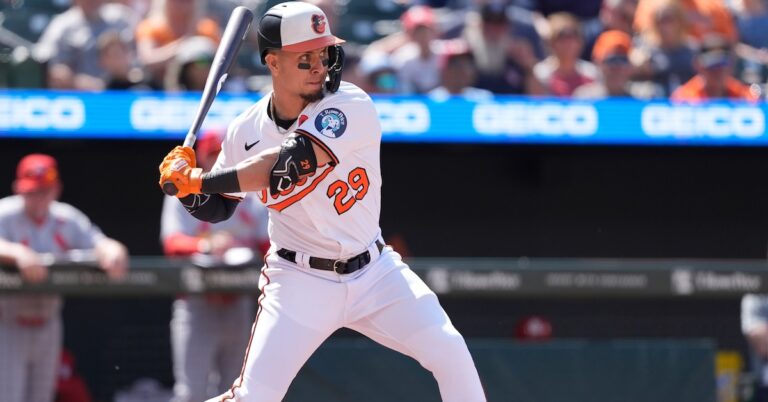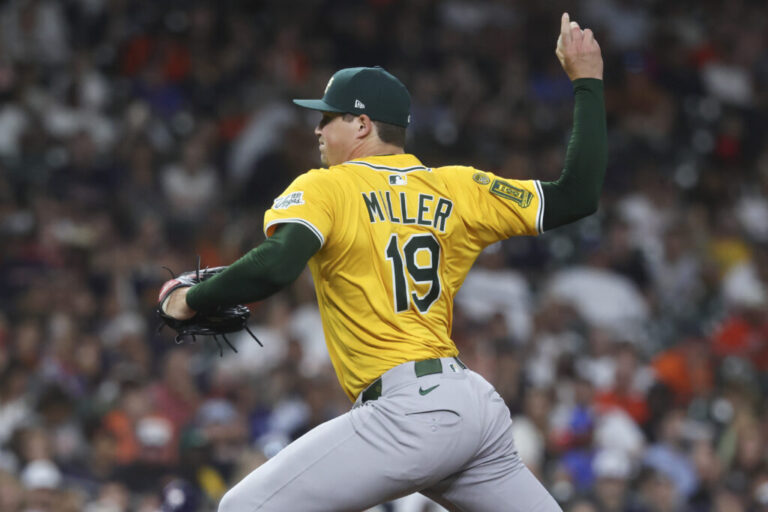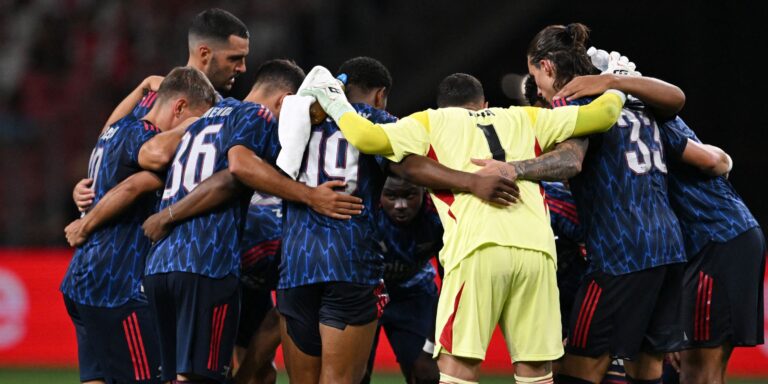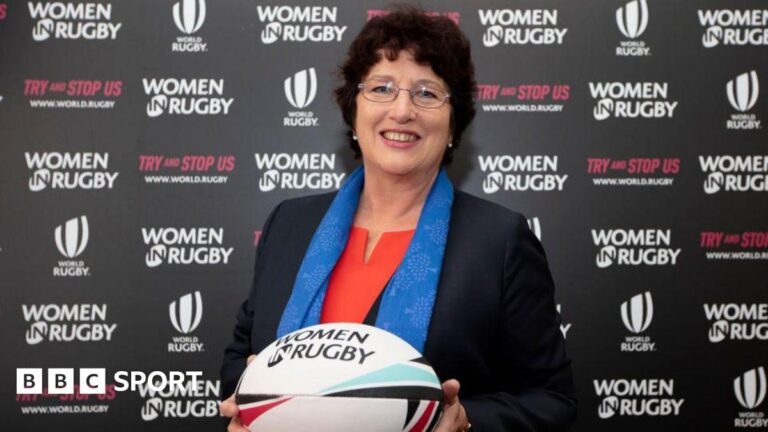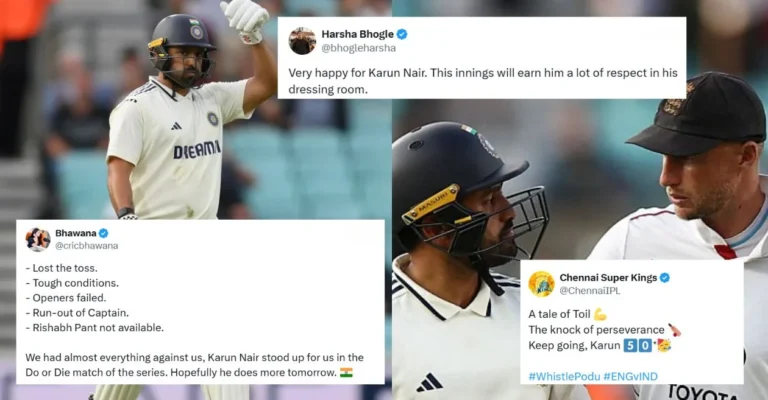

Our countdown of baseball’s 50 greatest teams — a list known as the Best 50 — rolls today to No. 18, the 1955 Brooklyn Dodgers. The rankings come from my new book, Baseball’s Best (and Worst) Teams.
Here’s a quick boilerplate explanation that I’m appending to every story in this series:
I compiled the Best 50 by analyzing 2,544 major-league teams from 1903 to 2024. Those clubs have been ranked by their team scores (TS), which are plotted on a 100-point scale. (A given club’s all-time percentile is the percentage of the other 2,543 teams that it outperformed.)
See my book for an explanation of my TS calculations. The book also offers separate breakdowns of the best and worst clubs for every decade and franchise, comprehensive profiles of the Best 50 (including position-by-position lineups and much more information than you’ll find in this newsletter), and similar summaries of the 10 worst teams of all time.
Now on to today’s profile.
-
Team: 1955 Brooklyn Dodgers
-
Team score: 88.447 points
-
All-time rank: 18 of 2,544
-
All-time percentile: 99.33%
-
Season record: 98-55 (.641)
-
Season position: First place in National League
-
Final status: World champion
Branch Rickey announced a single goal when he became president of the Dodgers in late 1942. “If our aim is to make Brooklyn the baseball capital of America,” he thundered, “by Judas Priest, we’ll do it!” He was willing to embrace any strategy, no matter how radical, if it brought the Dodgers a championship. “I aim to use anybody who can help me do it, be he white, green, blue, or black,” Rickey declared. He mortified baseball’s old guard by signing Jackie Robinson to break the color barrier.
Rickey was long gone by 1955 — a victim of front-office infighting — but his dynasty remained. The Dodgers had won four National League pennants between 1947 and 1954, averaging 94.3 regular-season victories per year. Brooklyn’s 1955 squad looked to be even better, winning 22 of its first 24 games.
The Dodgers stood 9.5 games ahead of the second-place New York Giants on May 11. They pushed their lead as high as 17 games, then coasted to their fifth NL title in nine years.
Get the complete lowdown on the 50 greatest (and 10 weakest) clubs of all time
The Dodgers had never won a World Series, though they came agonizingly close in seven-game duels with the Yankees in 1947 and 1952. Brooklyn fans remained optimistic, adopting “wait till next year” as their motto.
The Yankees were their series opponents again in 1955. The Dodgers lost the first two games, then rallied for three straight wins at home. New York’s 5-1 victory in Game Six set the stage for a do-or-die finale in the Bronx. First baseman Gil Hodges drove home both runs and Johnny Podres pitched a shutout to make Brooklyn’s dreams come true.
Center fielder Duke Snider came through with four homers and seven RBIs during the series, topping the Dodgers on both counts. “It was so heavenly, taking that bus back to Ebbets Field,” he said of the trip home after Game Seven. “There was confetti coming from all the buildings in Manhattan, going across the Brooklyn Bridge, and into Brooklyn.”
A new installment will arrive in your email each Tuesday and Friday morning
Pitcher Sandy Koufax, a rookie who rarely played for the 1955 Dodgers, was awed by the club’s veterans. “This was a team that simply never made a mistake,” he later said.
The Dodgers were strong up the middle, with future Hall of Famers at catcher (Roy Campanella), shortstop (Pee Wee Reese), and center fielder (Duke Snider). Two corner infielders — first baseman Gil Hodges and third baseman Jackie Robinson — would also reach Cooperstown. “Not only could they all hit the ball out of the park,” said Koufax, “they could all field their positions with anyone.”
Campanella’s .318 batting average paced the team. He was strong and quick behind the plate — nicknamed “The Cat” — and he charmed everyone with his sunny personality. Snider supplied the power with 42 homers and 136 runs batted in, leading the National League in the latter category.
Brooklyn’s only real weakness was age. Five everyday players had passed their 31st birthdays. The senior citizens were Reese and Robinson, respectively 37 and 36 years old.
The starting rotation was headed by Don Newcombe, the third black pitcher to work in either the National or American League. The six-foot-four Newcombe willingly battled opposing hitters and his manager, too. Walter Alston used him sparingly during the first month of the season, and the two feuded. A one-hit shutout on May 10 finally secured Newcombe’s slot in the rotation. He rolled to a 20-5 record before arm soreness sidelined him in September.

